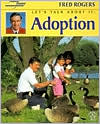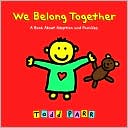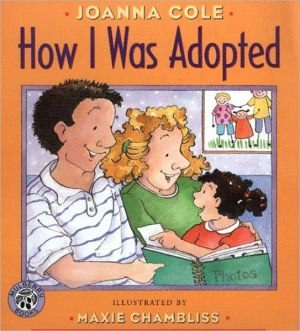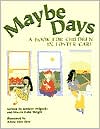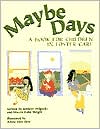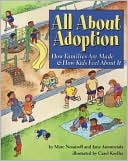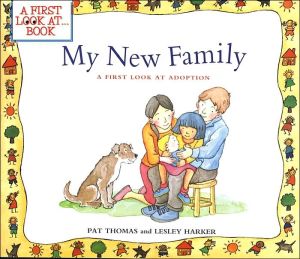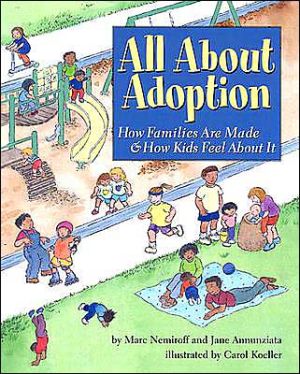Let's Talk About It: Adoption
Fred Rogers opens the door for adopted children and their parents to safely talk about their good and sometimes not-so-good feelings in a book about the joy of belonging and the love that unites families. 'Rogers' unaffected delivery has a way of making scary things unscary, which should help parents as much as kids.? —The Bulletin of the Center for Children's Books 'The premise of this book-that it is good for families to talk about feelings-is a welcome one to apply to the subject of...
Search in google:
Fred Rogers opens the door for adopted children and their parents to safely talk about their good and sometimes not-so-good feelings in a book about the joy of belonging and the love that unites families.Publishers WeeklyIn tackling another difficult subject for children, Mr. Rogers of PBS-TV fame stresses that this photo-essay is intended as a jumping-off point to spark family discussions. However-perhaps as a result of providing such leeway-Rogers's text is vague and lacking specific information. He emphasizes the basic need for a loving family unit: "Being in a family means belonging. You could belong in your family by being born into it, or you could belong in your family by being adopted into it.'' The "how'' and "why'' questions sure to arise from this simplified presentation are thrown into the reader's court. Rogers also suggests helpful ways for children to deal with feelings that commonly accompany discussions about adoption. Though they seem somewhat posed, Judkis's photos of three ethnically diverse families gives this treatment a believable universality. Ages 3-6. (May)
\ Publishers Weekly\ - Publisher's Weekly\ In tackling another difficult subject for children, Mr. Rogers of PBS-TV fame stresses that this photo-essay is intended as a jumping-off point to spark family discussions. However-perhaps as a result of providing such leeway-Rogers's text is vague and lacking specific information. He emphasizes the basic need for a loving family unit: "Being in a family means belonging. You could belong in your family by being born into it, or you could belong in your family by being adopted into it.'' The "how'' and "why'' questions sure to arise from this simplified presentation are thrown into the reader's court. Rogers also suggests helpful ways for children to deal with feelings that commonly accompany discussions about adoption. Though they seem somewhat posed, Judkis's photos of three ethnically diverse families gives this treatment a believable universality. Ages 3-6. (May)\ \ \ \ \ Children's Literature\ - Jeanne K. Pettenati\ This adoption book uses photographs of three ethnically diverse families to enhance the text. Many families will find it useful for this feature alone. Children can see that adoption is a universal way to build a family. The excellent photos show adopted children doing everyday things with their parents. The book is generally accessible, but there are instances when parents may want to skip text or substitute their own words, depending on the age of the child or the child's current concerns. The central themes are that children should feel comfortable discussing their feelings with their parents and that each family is special because of the ways its members belong together.\ \ \ School Library JournalPreS-K-The premise of this bookthat it is good for families to talk about feelingsis a welcome one to apply to the subject of adoption. Rogers presents a simple look at three adoptive families. He includes a brief but reassuring reference to the birthparents and the reasons for their decision. Clear, full-color photos show happy, sad, and angry children and adults; the text suggests that such emotions occur in all families, and states that "being angry doesn't mean that love goes away.'' This is an improvement over the relentlessly nice family in Valentina Wasson's The Chosen Baby (HarperCollins, 1977). Unfortunately, the first photograph, showing rows of babies in a nursery, is reminiscent of the unreal "chosen child'' stories that have made some adoptees feel pressured to continue being wonderful enough to be chosen from the line-up. In Betty Jean Lifton's Tell Me a Real Adoption Story (Knopf, 1994), illustrations show the adoptive parents meeting the pregnant birthmother, giving a more complete and grounded story. Maxine Rosenberg's Being Adopted (Lothrop, 1984) provides more depth and clarity than Rogers does, but (like almost all of the better adoption titles) is for older children.Nancy Schimmel, formerly of San Mateo County Library, CA\ \
